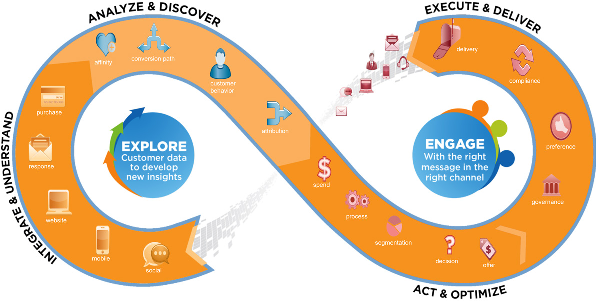I find buyer behavior pretty interesting. (I mean, who wouldn’t, am I right?) I know people — pretty close to me — who totally nickel-and-dime a $400 flight somewhere, but then spend $8K on new dishes. (No joke.) Clearly, the essence of the “path to purchase” — which is a bullshit business school term that almost cannot be said without air quotes — is that every path to purchase is very different, and they’re rooted in what’s important to the person. For example, if I spend over $69 on a pair of shoes, I feel like a goddamn asshole. Now, I’m not very metrosexual — er, clean — but some guys would smack me with their loafers and say if they spend less than $690, they feel like a joke. Meanwhile, I’d spend $2,000 (which I probably don’t have) on a Portland, Oregon beer tour, I bet. Basically what I’m saying is, my life is a godforsaken wreck in a lot of aspects and I should be addressing that first. But the bigger picture is…
… let’s say you want to buy something that’s over $1,000. For most people, that’s a pretty significant purchase (not all, but most). It tends to incorporate categories like “two-person travel” and “higher-end electronics,” which are a big chunk of what people drop money on — especially at this time of year (Thanksgiving/Christmas flight buys and gifts). So … what matters on $1K+ purchases? Thankfully, the Yahoo Advertising blog (which I never knew existed until today) has an infographic by way of SapientNitro research. Here’s the original post, and the infographic is below:
Obviously the blue section is over $1,000.
Notable takeaways:
- 39 percent said “third-party reviews” were the biggest factor; knowing and trusting the brand was No. 2, then friends. Salespeople — whose whole job is to sell stuff, ostensibly — were only No. 4. Sales is a racket.
- Brand was more important on smaller purchases than on large ones. Interesting, but I guess if you’re only spending $10, what matters is what you know and can grab easily.
- Check this out, though: the No. 1 way that people learn about a new product/service is on a retailer’s website — for the large category — which surpasses “advertising.” If you add manufacturer’s website to retailer’s website, that would almost be half. If you add friends in, that’s almost 7 in 10. So basically, does that mean good site architecture/SEO/social media strategy + friends recommending is about three times more valuable than straight-up, conventional advertising? Maybe.
- Biggest thing is how often people try to upsell their product. That’s clearly not what consumers really want. They want to know that it’s trusted, that their friends trust it, etc. Why would you drop half a paycheck on something otherwise?
- 74 percent of people visit multiple sites to do research before making a purchase? That one re-affirms my belief in humanity’s ability to compare and contrast, albeit perhaps only briefly.
- 48 percent of people were “excited about their large purchase” and wanted to share it on social media, eh? Fuck. We’re back to the “me-formers” problem on that one. Although that is a form of organic marketing for products and tourism boards, etc. “Hell yea, I’m going to Hawaii in April,” etc. (I’m not. I wish I was.)
Basic point: be authentic, tell your story, and hope for referrals and good third-party reviews. That’s how you sell your big items.

